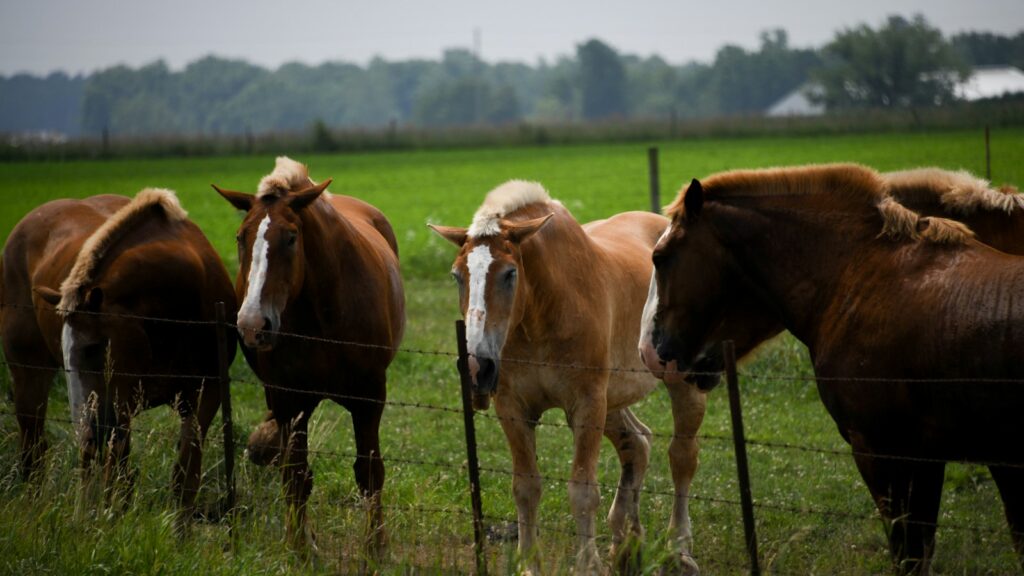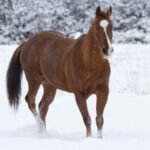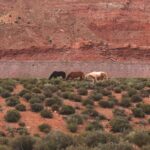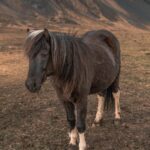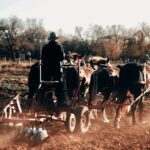Cattle drives remain an important part of ranch operations across parts of America, just as they have been for centuries. While the scale may have changed since the golden era of long-distance drives in the 1800s, moving herds across pastures and to market still requires skilled horseback riders who understand bovine behavior. Even experienced cowboys can make mistakes that compromise safety, efficiency, and the welfare of both livestock and horses. These errors not only slow progress but can lead to injuries, lost cattle, and damaged equipment. Understanding the most common mistakes cattle drive riders make can help both newcomers and veterans avoid costly errors and ensure smoother operations.
Improper Horse Selection
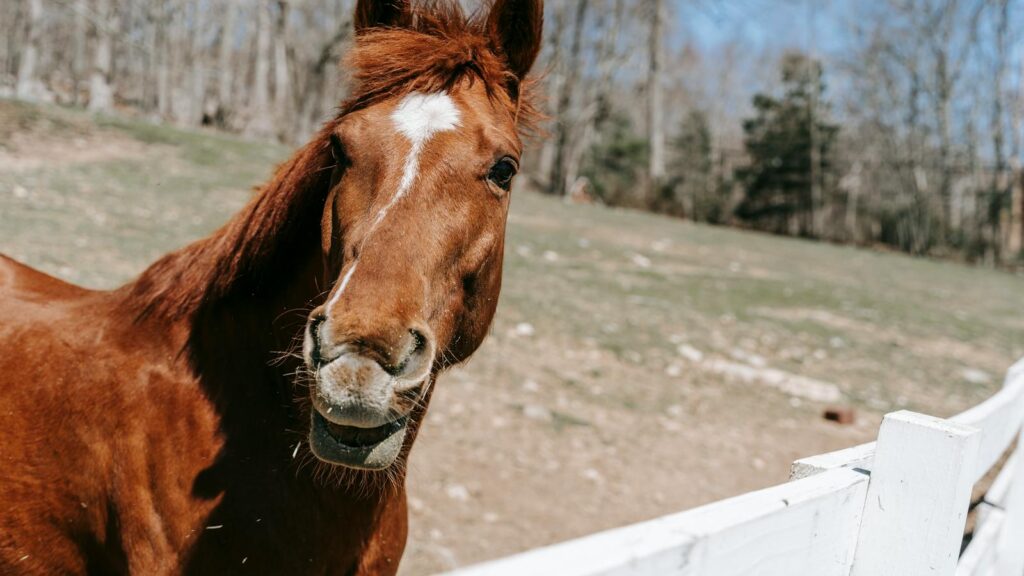
Choosing the wrong horse for a cattle drive can doom the operation before it even begins. Not all horses have the temperament, training, or physical stamina required for the demanding work of moving cattle across varied terrain. Inexperienced riders often select horses based on appearance or personal attachment rather than suitability for the specific task. A proper cattle drive horse needs to be calm around livestock, responsive to subtle cues, and able to work independently when needed. Riders who bring green or untested horses to a drive often find themselves managing a nervous mount instead of focusing on the cattle, creating a dangerous situation for everyone involved.
Inadequate Preparation
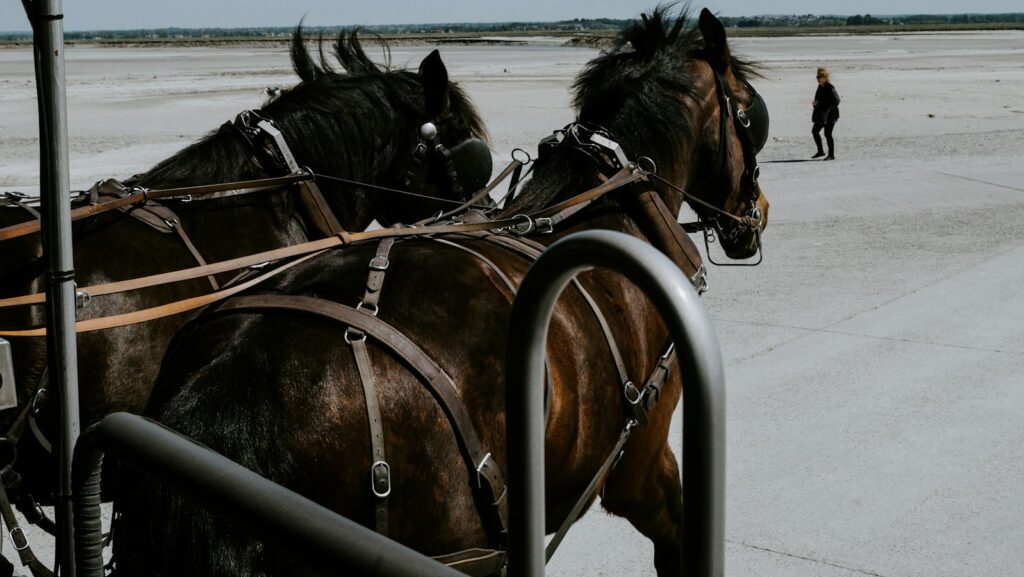
Many problems on cattle drives stem from insufficient preparation before setting out. Riders frequently fail to check their tack for wear and damage, neglect to pack essential supplies, or don’t properly plan the route considering water sources and potential obstacles. A broken cinch or missing rain gear can quickly become a major issue miles from headquarters. Additionally, riders sometimes overlook the importance of conditioning both themselves and their horses for the physical demands of long days in the saddle. Proper preparation includes studying maps, discussing responsibilities with other riders, checking weather forecasts, and ensuring all equipment is in good working order before beginning the drive.
Misunderstanding Cattle Behavior
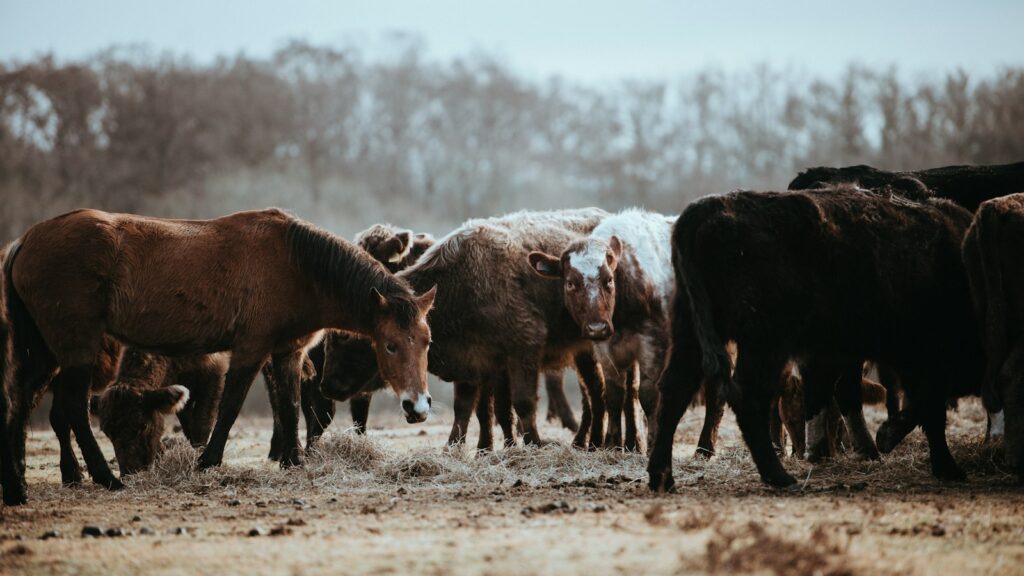
One of the most fundamental errors made on cattle drives is failing to understand basic bovine psychology and behavior patterns. Cattle have natural flight zones, pressure points, and herd instincts that experienced drovers learn to work with rather than against. Inexperienced riders often approach too aggressively, causing cattle to scatter or stampede rather than move cohesively in the desired direction. They may also fail to recognize early signs of stress in the animals, such as elevated heads, flared nostrils, or increased vocalization. Understanding that cattle prefer to see what’s pressuring them, tend to follow leaders, and naturally want to return to familiar territory are essential insights for effective herding.
Poor Positioning
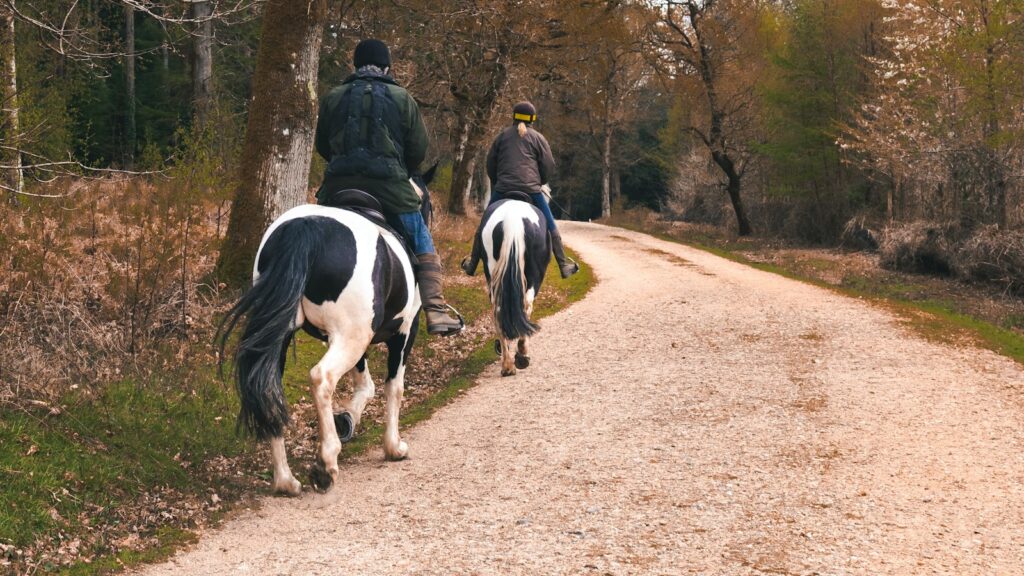
Incorrect positioning relative to the herd is a common mistake that undermines the efficiency of cattle drives. Riders who bunch up on one side leave gaps that allow cattle to break away or turn back. Similarly, riding too close to the herd creates unnecessary pressure that can agitate the animals. Effective cattle drives require riders to maintain specific positions—point riders ahead of the herd, swing riders along the sides, flank riders farther back, and drag riders bringing up the rear. Each position serves a distinct purpose in controlling the herd’s movement and direction. Riders who drift from their assigned positions or focus only on the cattle directly in front of them often create chain reactions of problems throughout the herd.
Excessive Speed
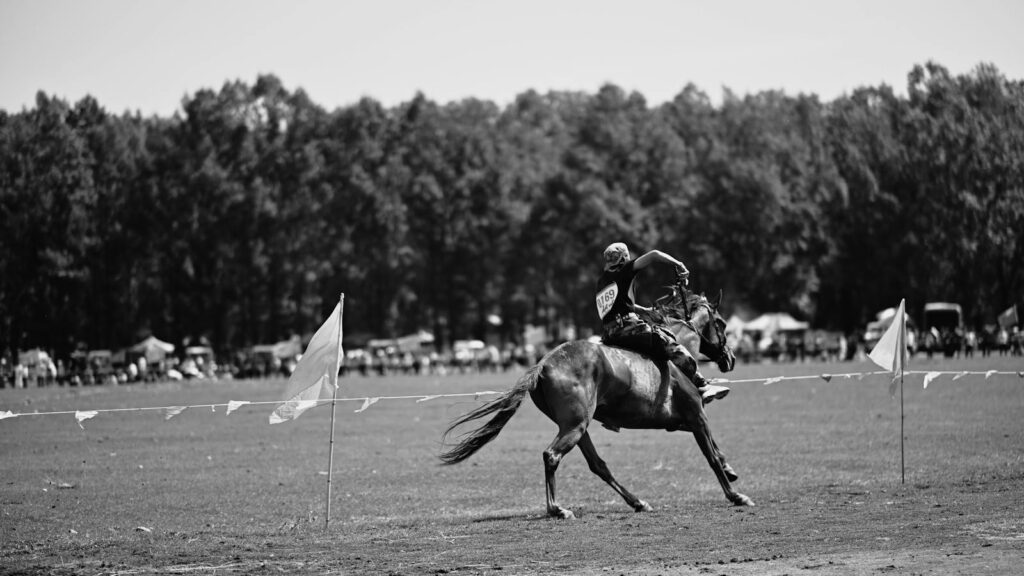
Moving cattle too quickly is a prevalent error, especially among less experienced handlers eager to reach the destination. Pushing cattle beyond their comfortable walking pace leads to exhaustion, dehydration, and weight loss—all factors that reduce the animals’ market value. Cattle naturally move at about 2-3 miles per hour on flat terrain, and forcing them faster increases stress and the likelihood of injuries. Excessive speed also makes it harder to keep the herd together and increases the risk of stragglers or breakaways. Veteran drovers understand that a slower, steady pace ultimately results in fewer problems and actually leads to more efficient drives in the long run.
Ineffective Communication
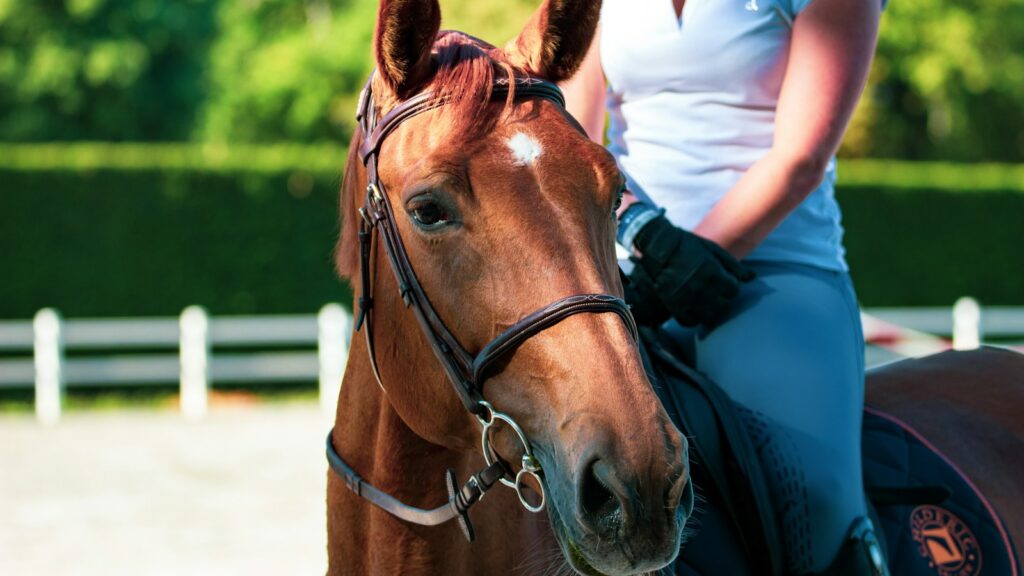
Failed communication between riders creates confusion and reduces the effectiveness of the entire operation. On a cattle drive, riders need to coordinate their movements and alert others to potential problems such as strays, obstacles, or approaching vehicles. Traditional hand signals, whistles, and verbal calls serve specific purposes on the range, but many modern riders haven’t properly learned these systems. Some riders become so focused on their individual tasks that they forget to maintain awareness of the entire operation. Others may be reluctant to speak up when they spot potential issues, allowing small problems to grow into significant disruptions. Clear communication protocols established before the drive and adhered to throughout are essential for success.
Neglecting Rest Periods
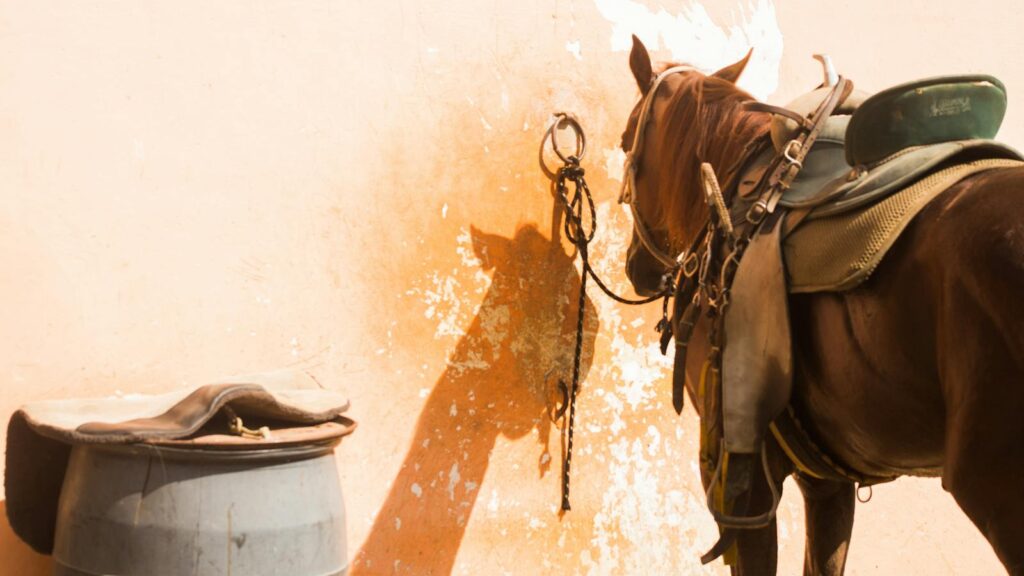
Failure to provide adequate rest for both the livestock and horses represents a serious oversight on cattle drives. Continuous pushing without breaks causes fatigue, increases stress, and ultimately slows progress as animals become exhausted. Cattle need time to drink, graze, and recover during long journeys, especially in warm weather. Similarly, horses carrying riders and working constantly to maintain herd control require regular periods to rest, drink, and recover. Strategic rest periods actually improve overall efficiency by preventing exhaustion-related problems and maintaining the animals’ condition. Experienced trail bosses plan drives with appropriate stopping points where water and forage are available, rather than pushing continuously until problems arise.
Ignoring Terrain Challenges
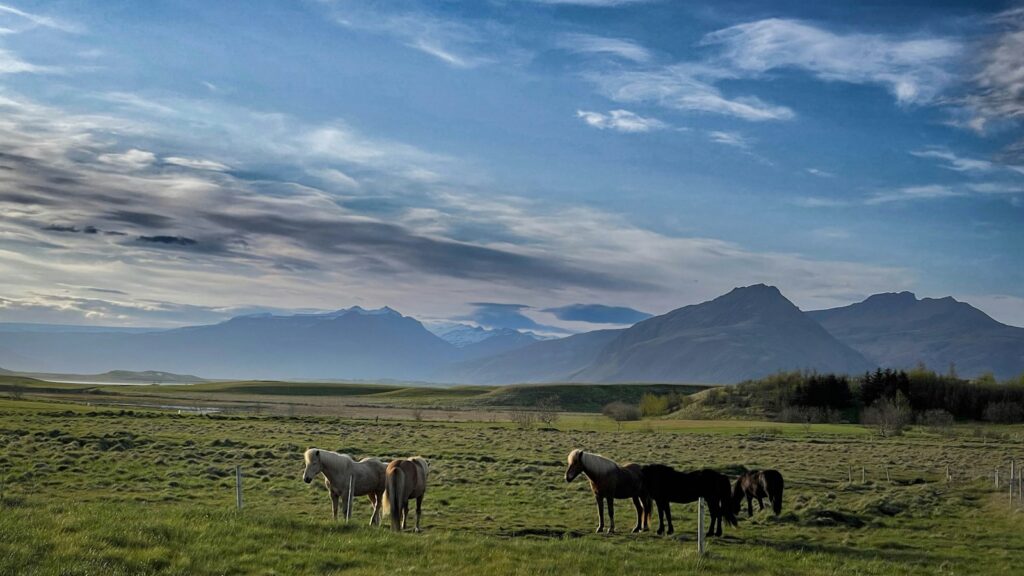
Underestimating the impact of terrain features on cattle movement leads to preventable complications during drives. Different landscapes—from creek crossings to steep hillsides, dense brush to open plains—require specific handling techniques. Inexperienced riders often fail to anticipate how cattle will react to natural obstacles or how terrain might funnel or disperse a herd. For example, approaching a river crossing without proper preparation can result in cattle refusing to enter the water or splitting the herd. Similarly, failing to adjust riding positions when moving through narrow passages often results in congestion and stress among the livestock. Strategic planning that accounts for terrain features and adjusts handling techniques accordingly is a hallmark of skilled drovers.
Mishandling Stragglers
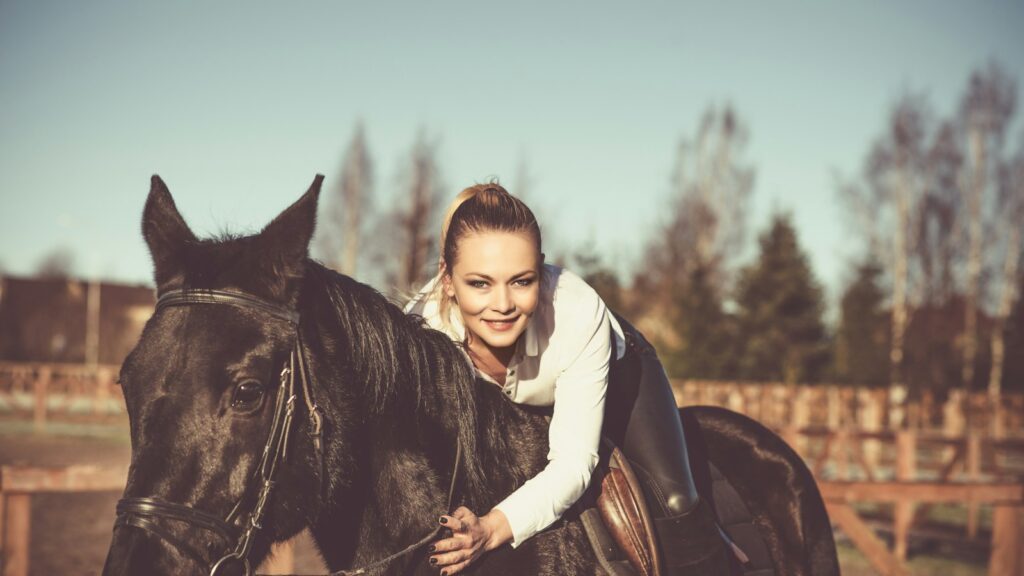
How riders deal with cattle that fall behind or separate from the main herd reveals much about their skill level. A common mistake is applying excessive pressure to tired, young, or stubborn animals, often resulting in further resistance and additional problems. Some riders become frustrated with stragglers and resort to aggressive tactics that increase the animals’ stress and worsen their performance. Others make the opposite error of spending too much time with individual problem animals while neglecting their primary responsibilities to the main herd. Experienced handlers know when to pressure stragglers, when to allow them time to rejoin naturally, and when a separate handling strategy is required for animals that cannot keep pace.
Inadequate Weather Adaptation
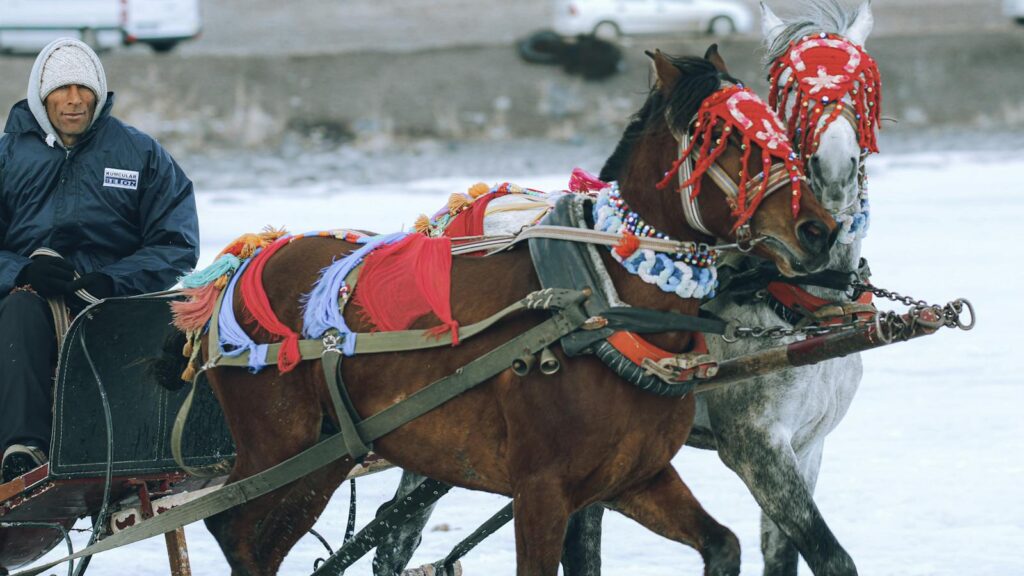
Weather conditions dramatically influence cattle drive dynamics, yet many riders fail to adjust their techniques appropriately. During hot weather, cattle need more frequent rest periods, access to water, and slower pacing to prevent heat stress. In cold or wet conditions, animals may bunch together more tightly and show resistance to crossing waterways or exposed areas. Wind direction affects cattle’s ability to sense riders and predators, changing how they respond to pressure. Riders who maintain the same approach regardless of weather conditions often find themselves working harder for poorer results. Adaptability—adjusting timing, route, pace, and handling techniques based on current weather conditions—marks the difference between struggling against nature and working harmoniously with it.
Unbalanced Pressure Application
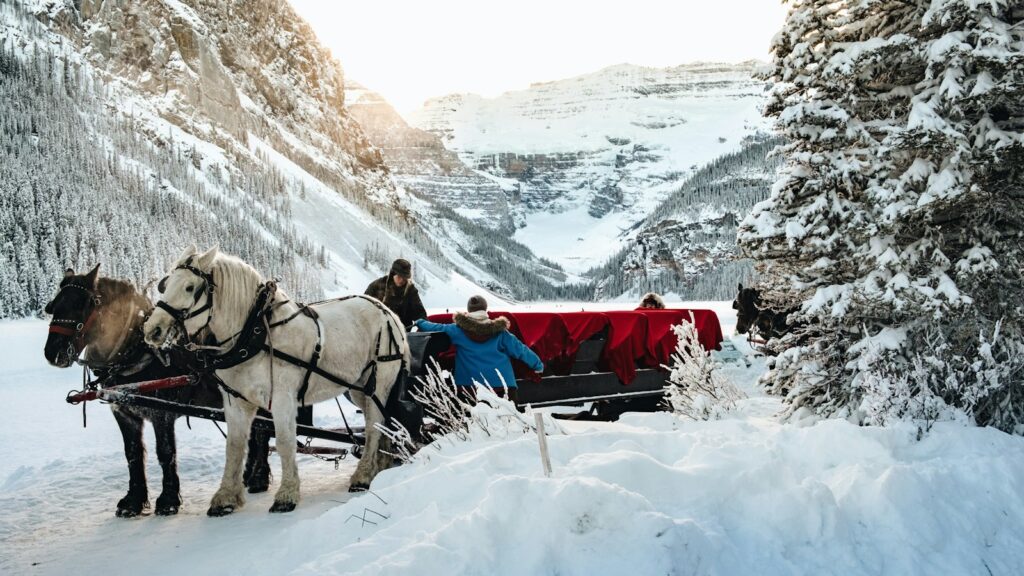
The concept of pressure—when to apply it, how much to use, and when to release it—is fundamental to effective livestock handling, yet it’s frequently misunderstood. Many riders apply continuous pressure, causing cattle to become increasingly stressed and resistant. Others fail to apply sufficient pressure at critical moments, allowing cattle to make poor movement decisions that must then be corrected. Proper pressure involves a constant give-and-take: applying just enough to influence movement in the desired direction, then releasing or reducing pressure when animals comply. This approach works with cattle’s natural instincts rather than against them. Skilled handlers develop an almost intuitive sense of when to increase, decrease, or completely remove pressure based on subtle cues from the livestock.
Overlooking Equipment Maintenance
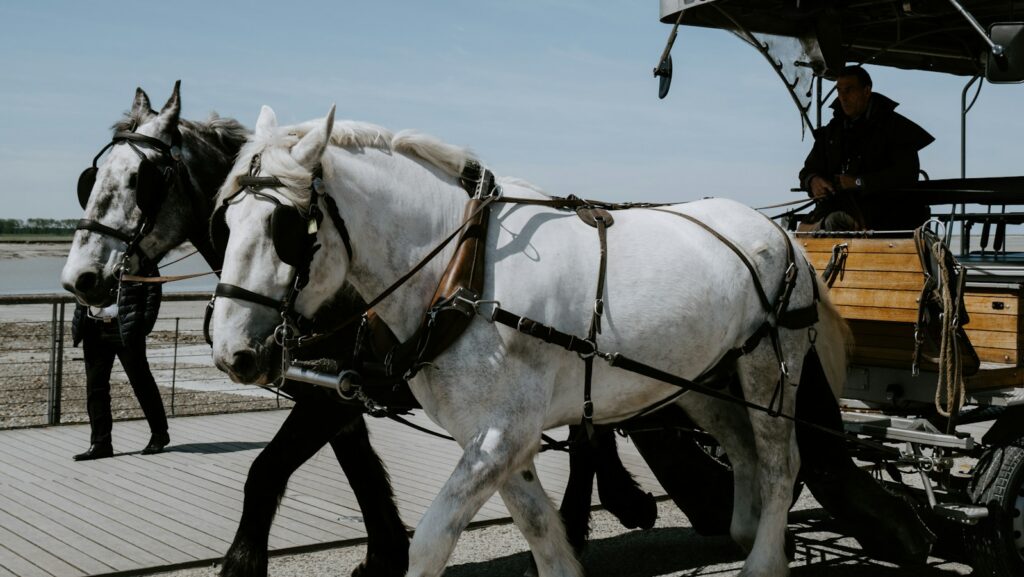
Equipment failures during cattle drives create preventable emergencies that compromise safety and efficiency. Riders sometimes neglect regular inspection and maintenance of saddles, bridles, cinches, and other tack until a breakdown occurs far from repair opportunities. Worn leather, fraying ropes, loose shoes on horses, or damaged saddle pads can all lead to injuries or equipment failures at critical moments. Pack equipment carrying supplies must also be regularly checked to prevent lost items or injuries to pack animals. Experienced hands know that daily equipment checks are not optional luxuries but essential safety practices. Establishing a routine of inspection, cleaning, and preventive maintenance before, during, and after drives significantly reduces the risk of dangerous equipment failures.
Disregarding Traditional Wisdom
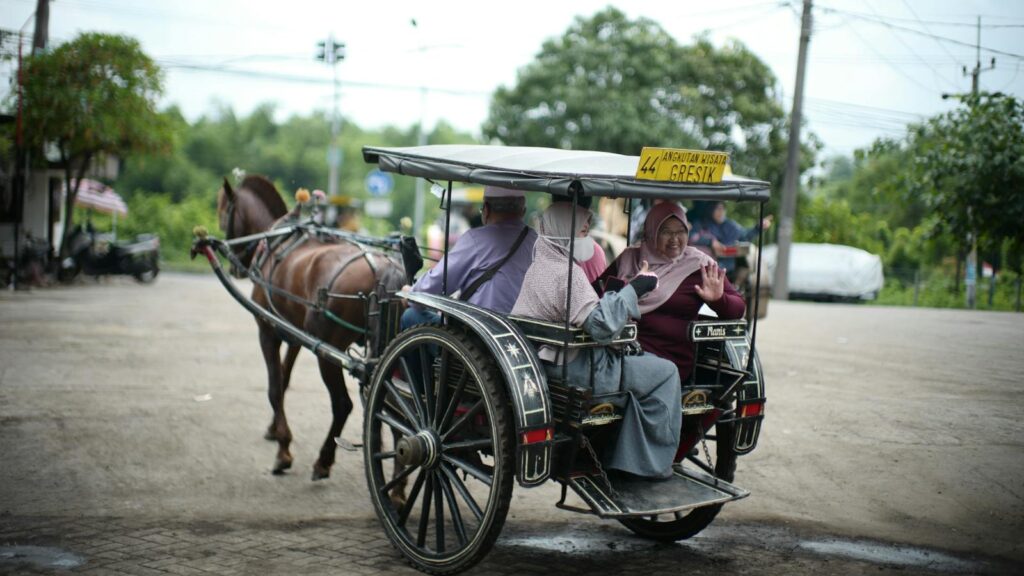
Perhaps the most fundamental error in modern cattle drives is dismissing the accumulated wisdom of generations of drovers. While technology and equipment have evolved, the basic principles of moving cattle efficiently across landscapes have remained remarkably consistent for centuries. Experienced ranchers have developed region-specific knowledge about handling cattle in particular environments, yet newcomers sometimes ignore these traditions in favor of shortcuts or techniques better suited to arena work than open-range driving. Traditional practices regarding timing drives around seasonal conditions, selecting appropriate routes, and handling specific challenges have been refined through countless trials. The most successful cattle drive participants balance respect for proven methods with thoughtful innovation, understanding that the old ways persist because they work, not merely from resistance to change.
conclusion
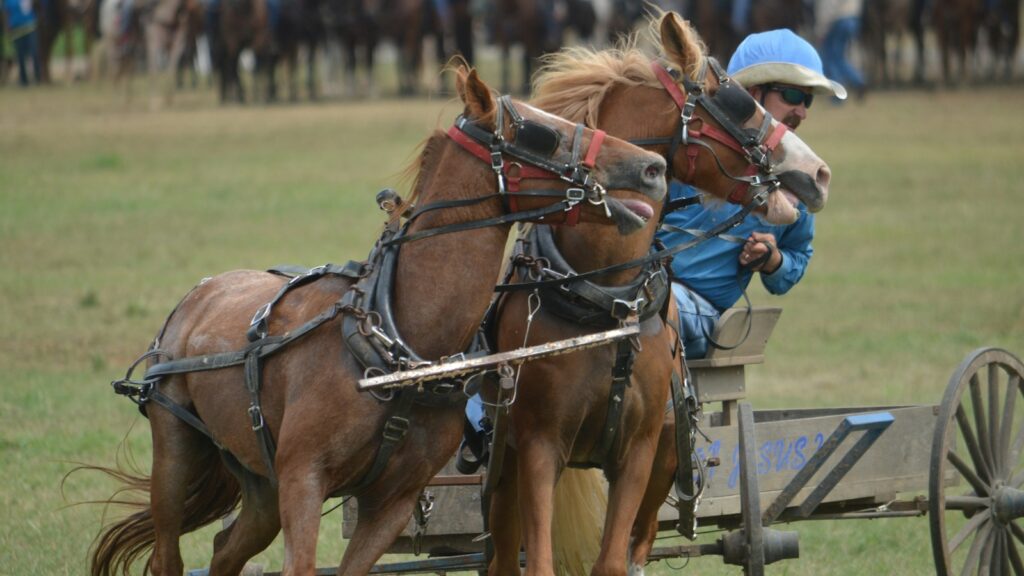
Cattle drives remain one of the most authentic connections to America’s ranching heritage, but they’re far more than historical reenactments. They represent a sophisticated system of animal handling that requires skill, patience, and deep understanding of both equine and bovine behavior. By recognizing and avoiding these common errors, modern riders can ensure safer, more efficient operations that respect the welfare of all animals involved. Whether moving cattle across a few pastures or undertaking longer journeys, the principles remain the same: work with natural behaviors rather than against them, maintain clear communication, prepare thoroughly, and adapt to changing conditions. As with many traditional skills, mastery comes not just from knowing what to do, but from understanding why it works—knowledge that continues to be passed down through generations of working cowboys and cowgirls.

